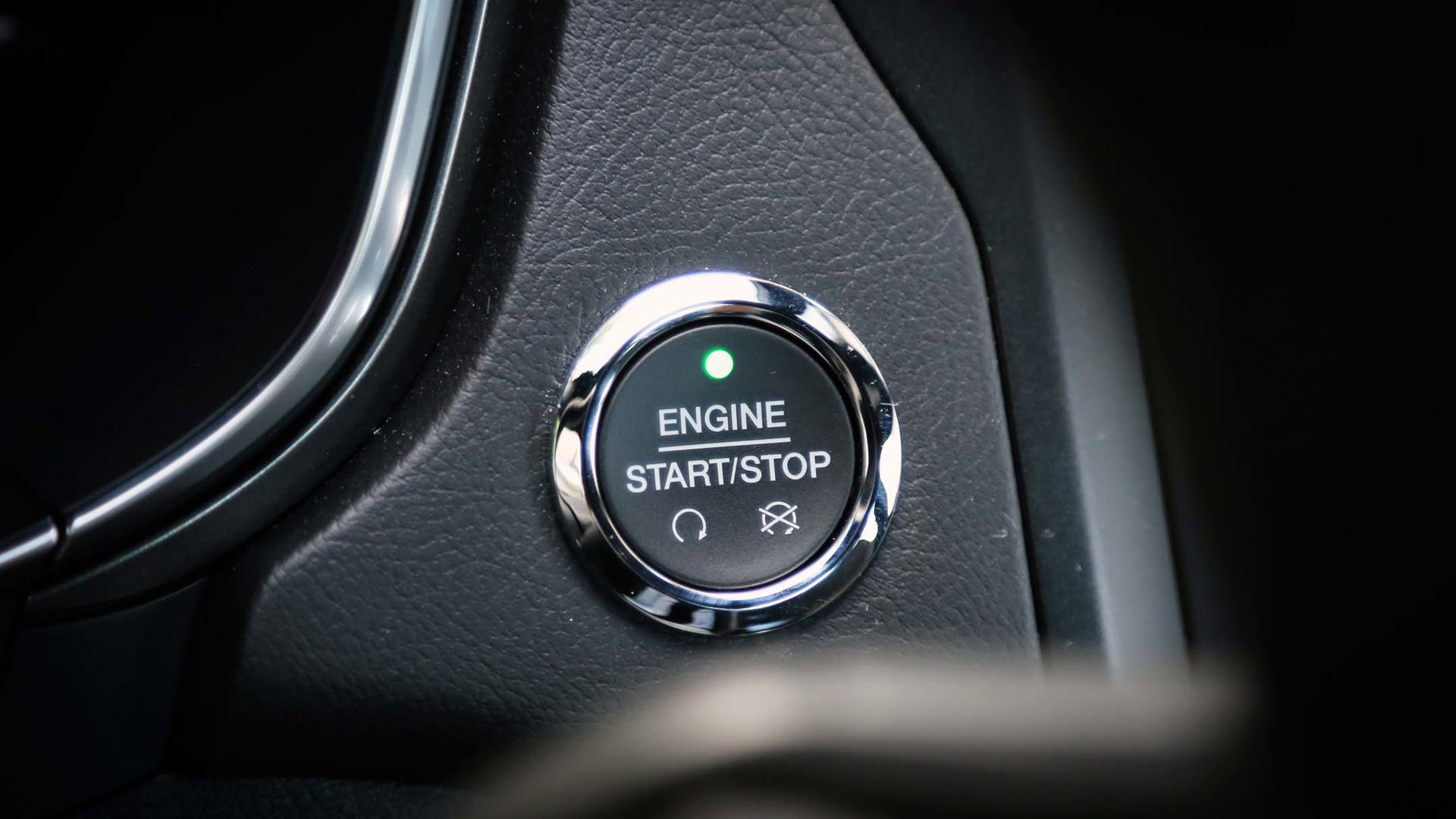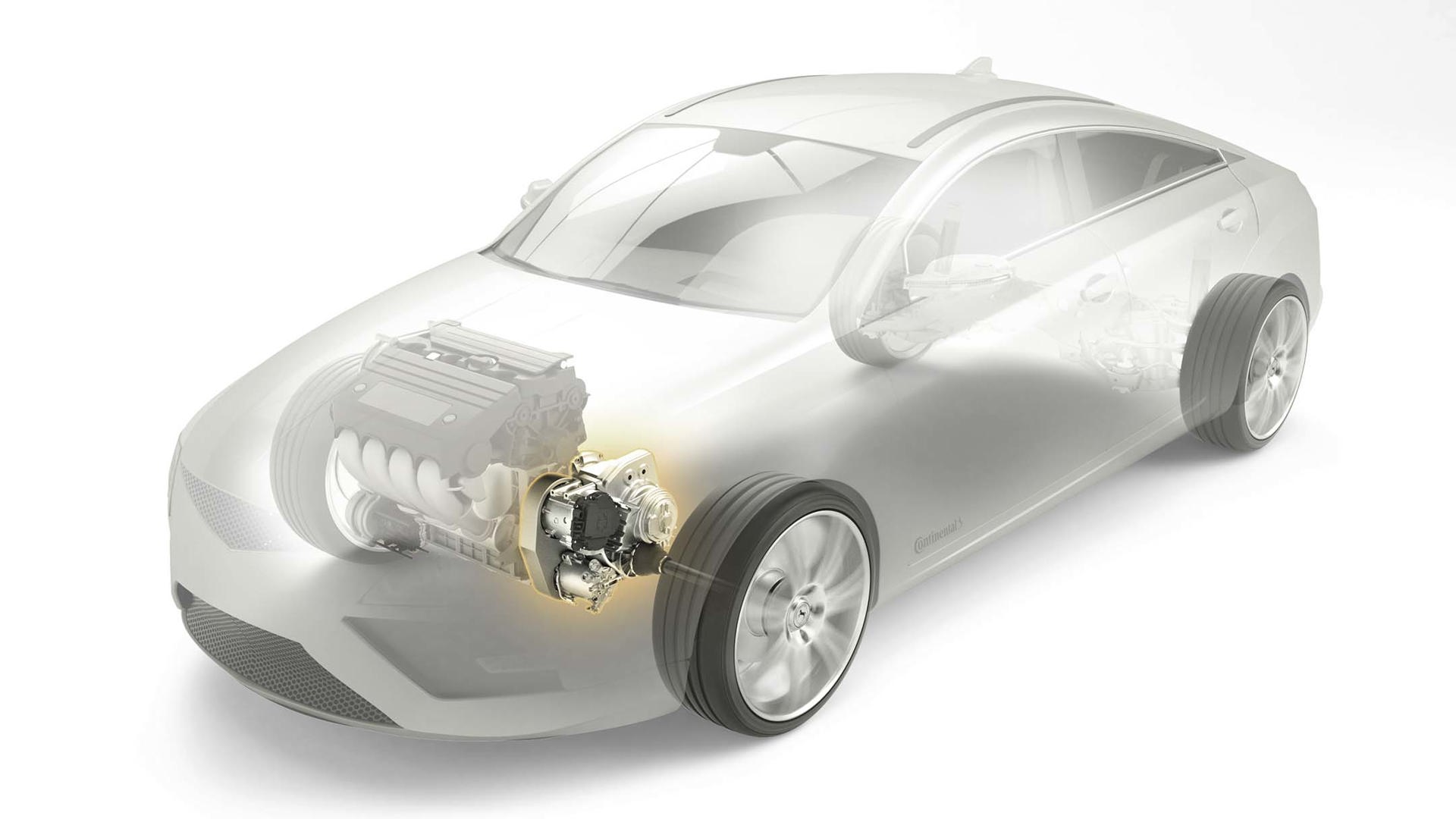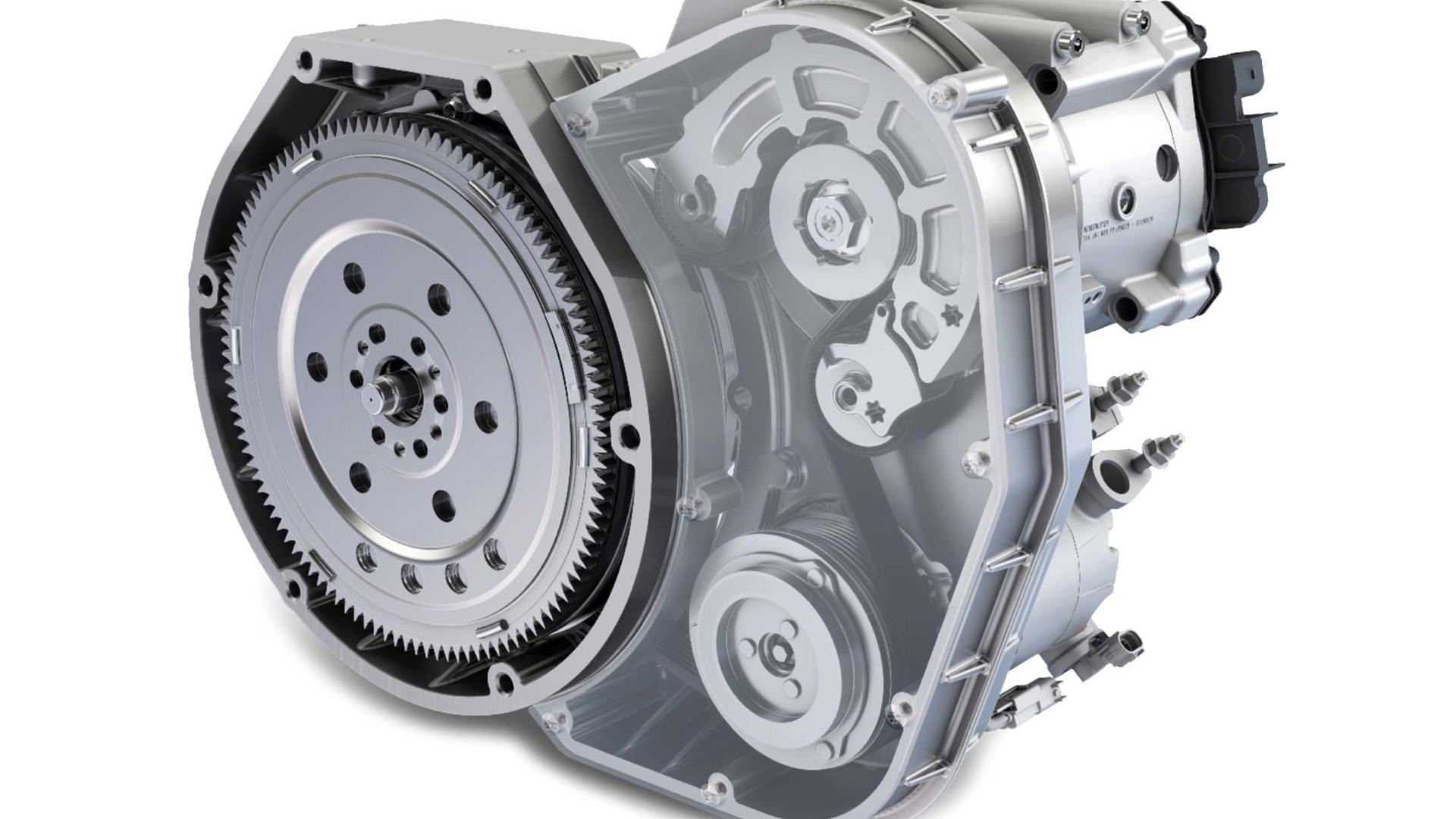A pal and I were out for a drive in a new Jeep Cherokee. He and his wife were considering buying one (which they did, a few weeks later).
On our drive, my pal noticed the Engine Stop–Start (ESS) system: at most stops, there was a little wriggle through the Cherokee’s body as the engine switched off. Then, another, when the brakes were released and the engine fired back up so we could get driving again.
Start. Drive. Stop. Start. Drive. Stop. It’s a relatively subtle thing that you’ll likely get used to, as the vehicle turns itself off in situations where it’d otherwise be idling. Release the brakes, and the engine is back up and running in less time than it takes to move your foot back onto the throttle pedal.
This saves fuel, and saving fuel is good.
But my pal wasn’t impressed.
“I guess with the money you save on gas, you could buy a new starter when this one wears out,” he said.
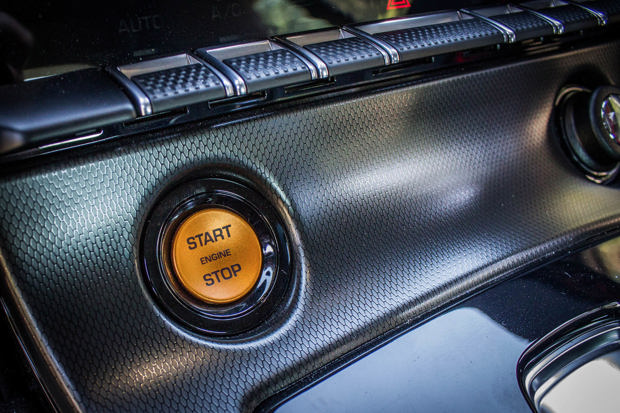
And he’s not alone in this sentiment. Regular reader emails indicate that a portion of the car-buying public is apprehensive about buying a vehicle with a starter that may turn the engine on and off dozens of times on a single drive. Some even report that they’ve avoided buying a vehicle with ESS to avoid future issues. Others say they deactivate the ESS system via a switch on the dashboard on every drive, to avoid wearing out the starter.
It’s born partly of a logic embodied in a favourite phrase of my father, who likes to keep things simple: “That sounds like more stuff to break.” Though he uses a different word than “stuff”.
New technology always has its skeptics, and back in the day, people probably had similar concerns about fuel injection, automatic transmissions, and power windows.
“A remote control to unlock your doors?! Imagine the repair bill when that breaks!”
Below, we’ve compiled input from some experts in the industry – including a manufacturer of ESS system components, an automaker who uses a lot of them, and some notes from our network of service technicians. Later, I’ll pipe in with some thoughts on what I’ve come across relating to ESS systems on used cars as they age, after extensive research for autoTRADER.ca’s weekly used car reviews.
The Component Manufacturer

Continental is a major supplier of ESS system components to automakers around the globe, and Dr. Frank Reichenbach is the Global Head of Product Management / Mild Hybrid eDrives at the Continental Powertrain Division in Regensburg, Germany.
Dr. Reichenbach comments, “The ESS starter is developed for many more starting cycles (than a conventional one), since multiple warm starts are expected during each drive. The starter is optimized to start the vehicle from a warm start, and not the typical cranking cold start.”
In a cranking cold start, the engine is cold and stiff and the vehicle’s starter has to work harder, uses more power, and is under more strain. Restarting an engine that’s already warm (which is the case every time an ESS starter restarts an engine) draws less power and involves less strain.
Many ESS systems are calibrated to only begin their stop–start duties once the engine has reached operating temperature, ensuring all components within are well lubricated, and that the engine oil is at its optimal viscosity.
Think of it like jogging: a cranking cold start is like hopping out of bed in the morning and immediately running at breakneck speed, which is hard on all involved components. Conversely, a warm start, which is the key purpose of an ESS starter, is like going for a jog after a good breakfast and some warm-ups and stretches.

The nutshell? Though an ESS starter starts and stops an engine very frequently, the vast majority of those starts are easy ones that occur once the engine is warmed up and limber.
Like it or not, this technology is here now, and will be expanding. Dr. Reichenbach notes that while many ESS systems today are running on 12-volt architecture, 48-volt systems are coming, with added benefits.
“The (upcoming) 48V starter can support various additional features, like boosting, recuperation, sailing, coasting, creeping, etc.” These additional functions all expand the operational range in which the vehicle’s engine can be switched off, saving more fuel and further reducing emissions.
I told Dr. Reichenbach about our regular correspondence from readers concerned with the long-haul durability and costs of the ESS systems in modern vehicles.
“The ESS is built for lifetime use according to highest automotive standards and should have no disadvantages to the ordinary starter,” he comments. “Beside the initial investment, there should be no higher cost over the lifetime.”
Continental puts their ESS starters through various durability tests, which include working the component to a high temperature before plunging it into ice water, as well as continual running of the starter at higher-than-spec speeds and currents. The ESS starters are also subjected to long-duration salt-spray tests, to assess their resistance to environmental factors.
Dr. Reichenbach adds, “Our requirements specify operation temperatures between −40 and +80, or higher, ambient temperatures.”
Continental ESS systems are used by automakers around the world, and the customer expectation is the same, globally: they have to work, everywhere.
The Automaker
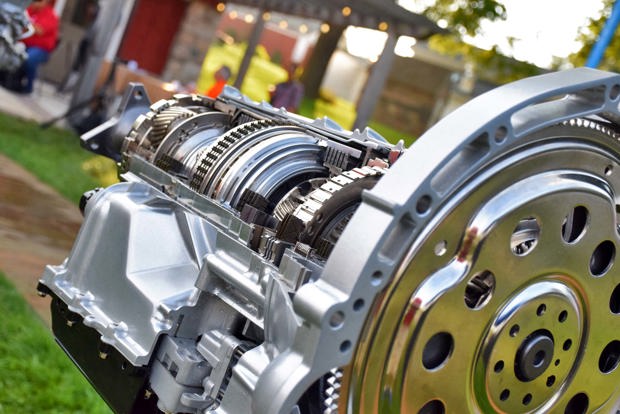
One of many automakers rapidly installing ESS systems across all models is Ford. Ahmed Awadi is Ford’s Stop/Start Systems Supervisor, based in Dearborn, Michigan.
“The Enhanced Starter Motor (ESM) is designed for many years of operations – just like our standard systems,” he comments. “They’re designed for use in varying environmental conditions. The ESM for stop–start is more powerful than standard starters, and so components such as the pinion engagement, gears, solenoid, commutator, and motor brushes are designed to manage this increased power.”
Other modifications may include an electric auxiliary transmission pump to maintain the transmission in gear while the engine is auto-stopped, and an auxiliary water pump used to manage the system’s increased heat.
Awadi notes that conventional starters are tested on an engine simulator that duplicates years of engine starts, but that Ford’s ESM starter is tested on both an engine simulator and a live engine, in order to test componentry during cold starts, re-starts, and impact starts.
You might say that ESS or ESM starters go through two rounds of durability testing before hitting the road. The first round of testing is by suppliers like Continental, in advance of secondary testing by automakers who will conduct their own durability tests and validation on these components, in house, as part of quality control and compliance testing. It’s all intended to create a system that will work properly, with no second thought, for years.
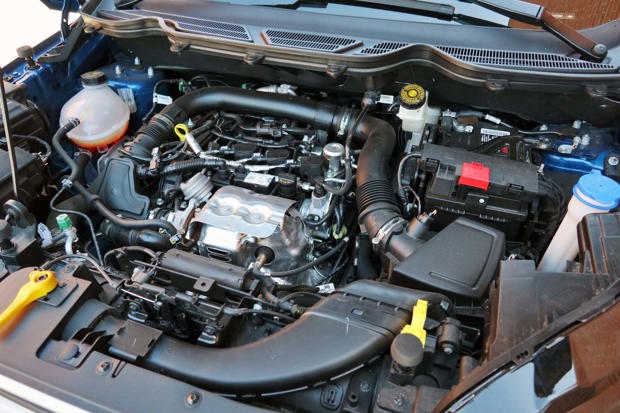
But, like any machine, an ESS or ESM starter can eventually wear down and need replacing.
Adawi comments, “Any mechanic can replace the ESM, but OEM replacements should be used. Aftermarket parts may not have the required enhancements and could cause noise, or early failures.”
Dr. Reichenbach adds, “Even the (upcoming) 48-volt ESS technology is, other than high voltage, without additional constraints. Every ordinary garage will be able to replace the component if needed.”
According to both Adawi and Reichenbach, there’s no additional maintenance required for ESS systems, though some vehicles will require a specific replacement battery.
“The current Ford ESS system uses the much more durable AGM battery technology as the starting battery,” Adawi says. “The current lead-acid battery technology is not robust enough for ESS systems. The recommendation is to use the Ford-approved replacement battery.”
The Mechanic
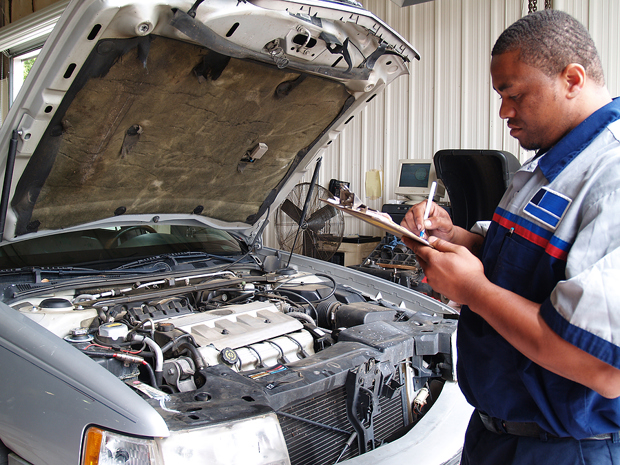
I asked John Kennard, an experienced automotive technician, about his experience in working on vehicles with ESS systems.
“I’ve never actually changed one of these starters yet,” he comments. “You don’t see a whole lot of starters needing to be replaced until they’re at least, probably, five or six years old, minimum. And in most cases, they last the life of the car, especially on new models. I used to do a lot more starters, 15 or 20 years ago. But today, we don’t see a lot of failure. They’re relatively simple devices, really. It’s probably safe to say the same will be true of the new stop–start starters. I work on cars equipped with these starters every day or two, and I haven’t seen one go bad yet.”
The Owners
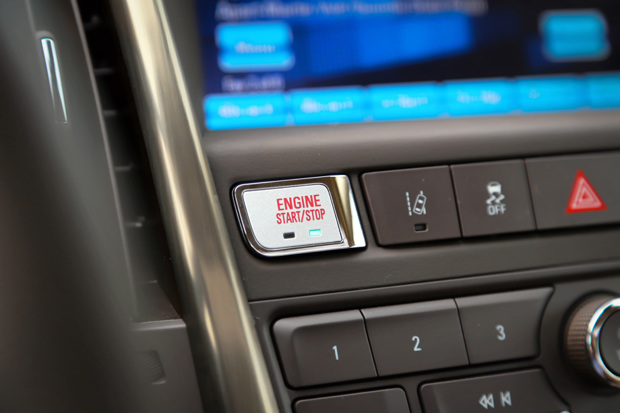
As the writer of autoTRADER.ca’s weekly used car reviews, I’ll take the last word.
For years, I’ve complied owner-reported information on used cars into guides for used car shoppers, focussing on identifying and addressing possible common issues across various makes and models from around the globe as they age.
In creating several hundred used car reviews in the years since ESS systems have made a move to the mainstream, I’ve rarely encountered owner-reported issues with ESS systems. Though a few examples exist where owners have experienced issues, these seem both very rare in comparison to overall sales volume of the model in question and are rarely reported for most used vehicles at about four to eight years old, if at all.
Further, in most cases where an owner’s community has some common gripe about the ESS system in a given vehicle, the issue is caused by a weak battery or a bad sensor or wiring ground in the system, not the starter itself, about half the time.
The gist? According to my very extensive research, its safe to conclude that the the overwhelming majority of owners have not reported problems with the ESS system in their vehicles.
